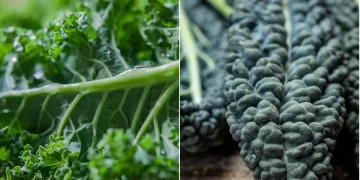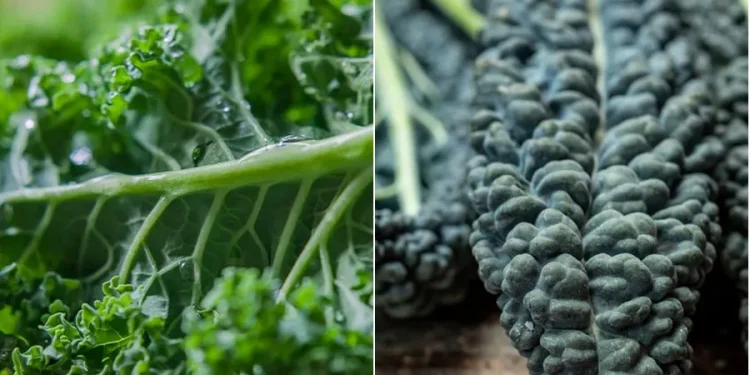Analyzing Market Trends and Production Dynamics in the Kale Industry
Kale production in California is witnessing a significant upswing, presenting both opportunities and challenges for farmers, agronomists, and industry stakeholders. This analysis explores the current market conditions, demand trends, and strategic insights for leveraging the abundant kale supply.
Expanding Kale Supply in California
California’s kale crops, including popular green kale and the distinctive Lacinato kale (also known as Tuscan or black kale), are abundant this season. Ratto Bros, Inc., based in Modesto, reports that the supply levels are comparable to those seen last year, indicating stable production capabilities across the state. Additional kale-producing regions within California and various local operations nationwide are contributing to this plentiful supply, which is expected to persist until cooler temperatures set in.
Increasing Demand and Consumer Trends
The demand for kale has transformed dramatically over the past decade. Frank Ratto of Ratto Bros highlights the shift from kale being merely a plate ornament to becoming a staple in mainstream cuisine. Kale’s versatility in salads, sautés, soups, smoothies, and more, combined with its recognized health benefits, has broadened its appeal. This trend extends to younger demographics, who are now introduced to kale at an early age, fostering a lasting appreciation for the leafy green.
Diverse Kale Offerings and Market Differentiation
Ratto Bros is capitalizing on the demand by offering kale in various forms, including traditional bunches, value-added packages, and organic options. This diversification caters to a broad spectrum of consumer preferences and helps drive sales. However, the market faces pricing disparities due to the plentiful supply. Prices fluctuate significantly, ranging from $10 to $16 per unit, depending on cultivation practices, operational standards, cooling, storage, and food safety protocols. These factors underscore the importance of maintaining high-quality production processes to achieve premium pricing.
Strategic Insights for Industry Stakeholders
For vegetable farmers, agronomists, and industry professionals, the current market dynamics present several strategic opportunities:
- Quality Management: Emphasizing best cultivation practices, effective cooling and storage solutions, and stringent food safety measures can help secure premium pricing and market differentiation.
- Market Diversification: Expanding product lines to include organic and value-added options can capture diverse consumer segments and enhance market presence.
- Consumer Education: Continued efforts to educate consumers, particularly younger generations, about the nutritional benefits and culinary uses of kale can sustain and increase demand.
- Supply Chain Optimization: Efficient logistics and supply chain management are crucial to maintaining product integrity and meeting market demand amidst fluctuating prices.































